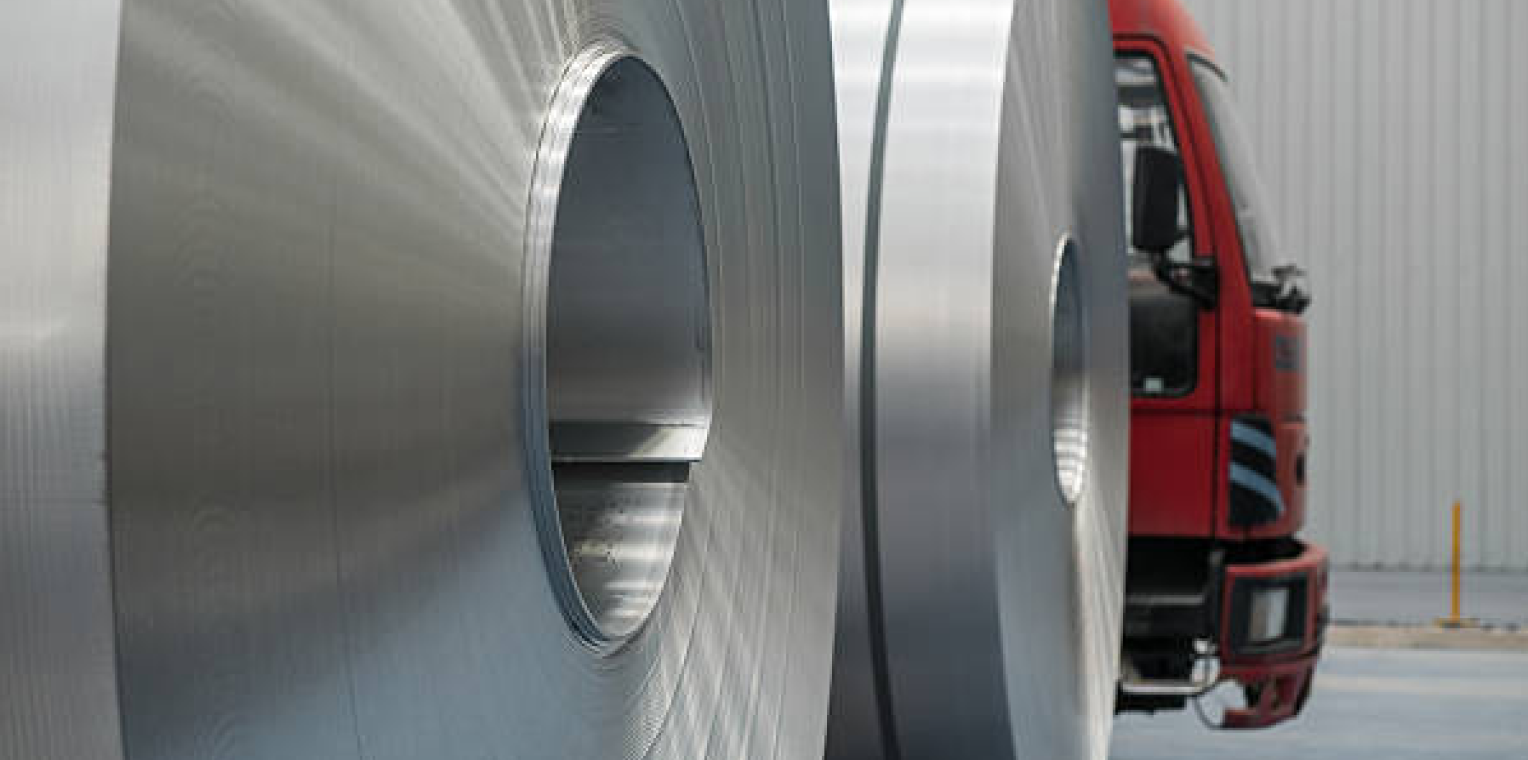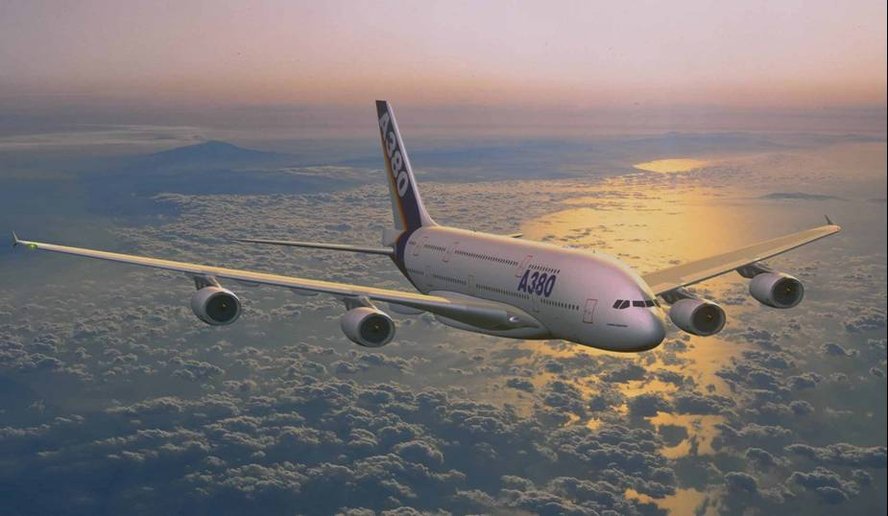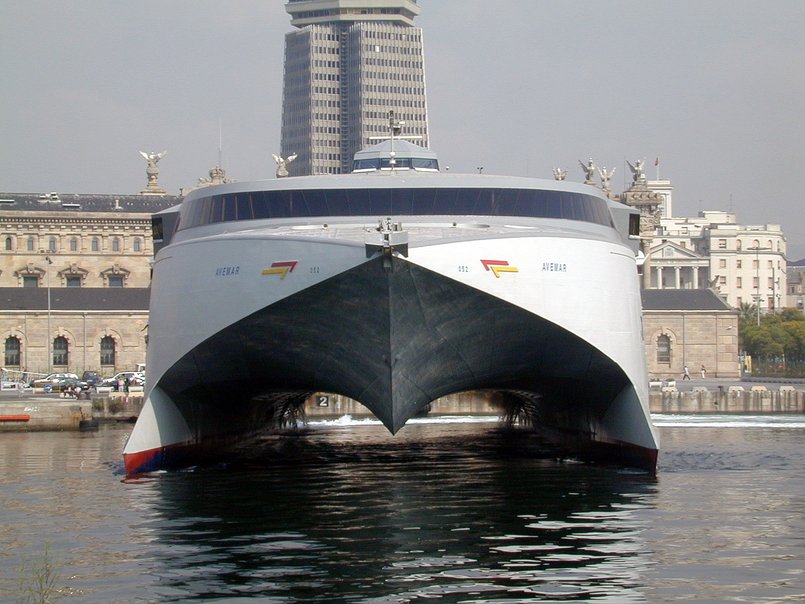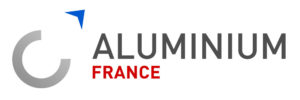Transportation
3x lighter than steel, aluminum is the material of mobility.

Three times lighter than steel , aluminum is the material of mobility! It is used in all current means of transport:
- road vehicles : cars, buses, trucks;
- aeronautics : there would be no plane without aluminum;
- maritime transport , in particular high-speed ships (ferries, etc.);
- rail transport : high-speed trains, but also freight trains for bulk transport, mountain trains, the most modern urban transport with automated light metros, trams, etc.

Automobile and road vehicles
As early as 1937, the engineer Grégoire presented a Hotchkiss with a cast aluminum structure at the Paris Salon. Today, all cars contain a high proportion of aluminum: crankcase, engine block, radiator, rims, etc. A study published by Ducker Worldwide in cooperation with European Aluminum shows that the rate of aluminum in cars produced in Europe almost tripled between 1990 and 2013, from 50 kg to 145 kg. This level should reach 160 kg in 2020, and even 180 kg if small and medium-sized cars follow this development observed on the largest models.
Aluminum is arousing a clear interest because of the main advantages that this use has:
- Lightening of the vehicle's weight, which reduces fuel consumption and therefore greenhouse gas emissions. A weight reduction of 100 kg reduces fuel consumption by 0.315 liters / 100 km and CO2 emissions per km by 8g.
- Aluminum is not only light but strong. Its use in the upper parts improves the handling of the vehicle, thanks to the lowering of the center of gravity, favors the absorption of kinetic energy in the event of an impact and reduces the braking distance.
- Aluminum can be recycled indefinitely without losing its intrinsic qualities. Currently 95% of the aluminum contained in cars is collected and recycled.
Aircraft and space construction

Thanks to aluminum and its alloys, the weight of the structure of an aircraft has been considerably reduced. Today, the percentage of aluminum alloys used in the construction of airframes is around 80%. Due to its lightness, aluminum has become essential for all major world programs: Airbus, Boeing, Ariane rocket, etc.
Shipbuilding

Aluminum, very resistant to corrosion, even in the marine environment, is used in the manufacture of hulls, masts and superstructures of pleasure boats, decks and superstructures of liners and merchant ships. Aluminum, due to its lightness, has enabled the development of NGVs (high speed vessels), in particular fast ferries that can reach speeds of 50 knots.
The example of the “duplex” TGV

The two-level TGV was born from the need to increase, for the same train length, the capacity of conventional TGVs, so as to be able to cope with the growth in demand without creating new infrastructure. The “duplex” TGV thus has a capacity of 40% greater than that of its single-deck counterpart, while keeping, like it, an axle load less than or equal to 17 tonnes. This performance was only made possible by a considerable lightening of the material, thanks to the aluminum, which allows: Interesting acceleration and braking capacities; Reducing axle load while increasing passenger capacity; The reduction of the forces between the wheels and the rails, therefore of the wear of the track. In addition, its malleability has made it possible to design very long sections favoring the development of new structures for TGV coaches. Finally, the mechanical characteristics of aluminum have made it possible, while ensuring passenger comfort (suspension, vibration control), to meet the resistance and safety requirements specific to a high-speed train in the event of an accident: No Embedding of the obstacle under the train, Absorption of deformation energy in predefined areas, No variation in the living space where passengers and staff are located, No overlap, No breakage of fixings of equipment and fittings in spaces where there are passengers and staff. Given these qualities, the use of aluminum in railway equipment, long reserved for the equipment and interior fittings of vehicles, is nowadays gaining in the very structures of cars, whether mainline trains such as the TGV duplex or urban and suburban equipment, suburban trains, subways, trams ...
